Although the allure of a play is largely credited toward its actors, the backgrounds, the props, and the lighting are what bring it to life. “Setting the scene” is not just a saying, but is what removes the audience from their reality and transports them to an entirely new world.
As entrancing as City College’s theater productions are, there is just as much action that takes place behind the scenes than there is on the stage. Depending on the production, preparation and construction varies, usually beginning months in advance. Once the season is outlined, an aggregate of directors and designers will discuss the concept of each play and how they would like to execute it.
“I like to come to meetings having done research,” said Patricia Frank, City College’s co-chair for the department of theater arts and the director of design and technology.
Frank prefers to consider the play’s particular era, history, style and even the original playwright. With a keen eye for detail, she composes a blueprint for each play’s set based off of her findings in order to encapsulate its authentic essence.
Frank will then produce a draft of the set’s floor plan to send to the directors. She also coordinates with the production’s costume designer to create one cohesive color scheme and aesthetic that can remain accurate to the play.
“Also as the lighting designer, [the lighting] is important because it’s what can change how you perceive color,” Frank said. “I try to make sure the way I color the lights will enhance the [set and costumes] color as much as possible.”
Having an extensive stock of furniture and props from a previous play makes it easy to recycle for the next. If their budget permits, the production team will rent out different items from other theater departments ranging from University of California, Santa Barbara (UCSB) to Allan Hancock College’s Pacific Conservatory Theatre, along with other theaters in Los Angeles. Otherwise, any registered student at City College, regardless of experience, is welcome to sign up for a workshop to help build props and also earn an additional class unit.
“The students and staff…build each [piece] one at a time…and then they go to the paint area,” said Ben Crop, City College’s theater group’s technical producer. “Then we put it all together in the theater like legos.”
When sketches of the set design are completed, Crop will then mathematically convert them to full size with precise measurements. He also orchestrates the entire building process, and determines what materials will be required such as wood, foam, fiber board, and plenty more. Altogether, the assembly begins around seven weeks before opening night.
Come opening night, the designers are already onto the next project, transpiring new ideas for their upcoming production. According to the crew members, there is never a dull moment in the theater.
“Even though all we’re doing is building sets, every single show is different,” Crop said. “You do a show for five weeks, and then you take it down and move onto the next one.”
With a new show comes its set of typical challenges, but they will never upstage the refreshment of a new adventure that awaits.
“It’s never the same twice,” Frank said. “I got to go to a posh French hotel one show, and in the next one, I’ll go to a New York nightclub…and then it’s gone [like] a memory.”


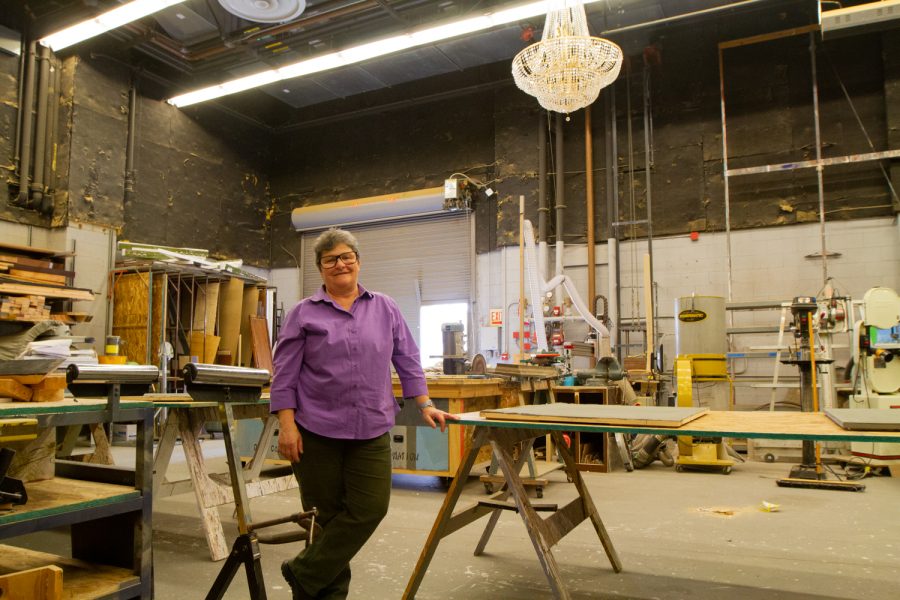



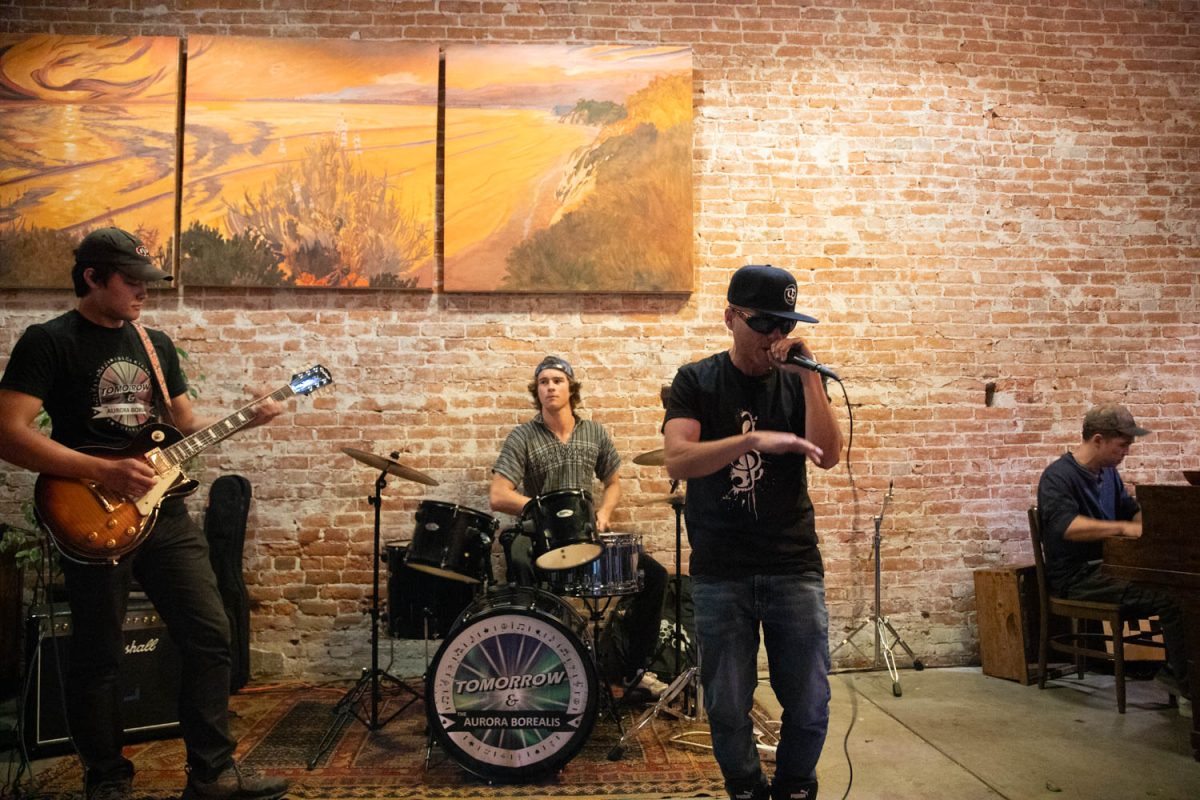
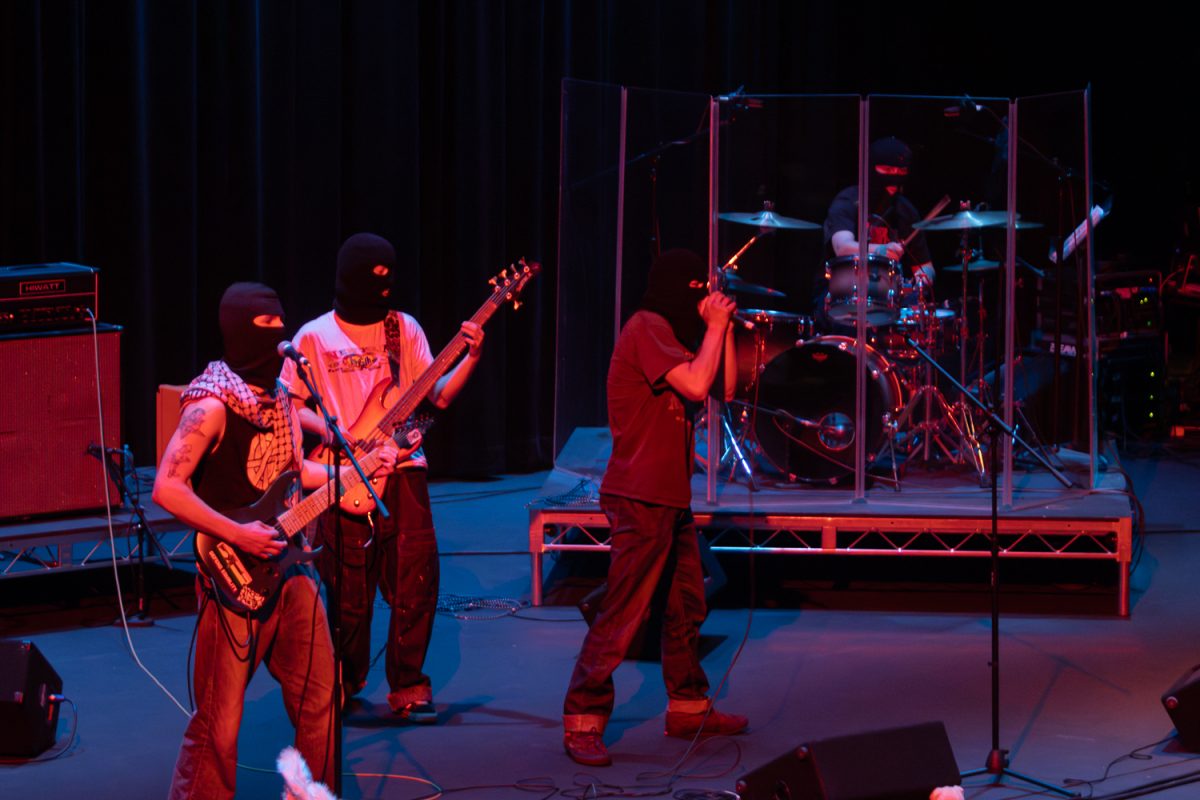



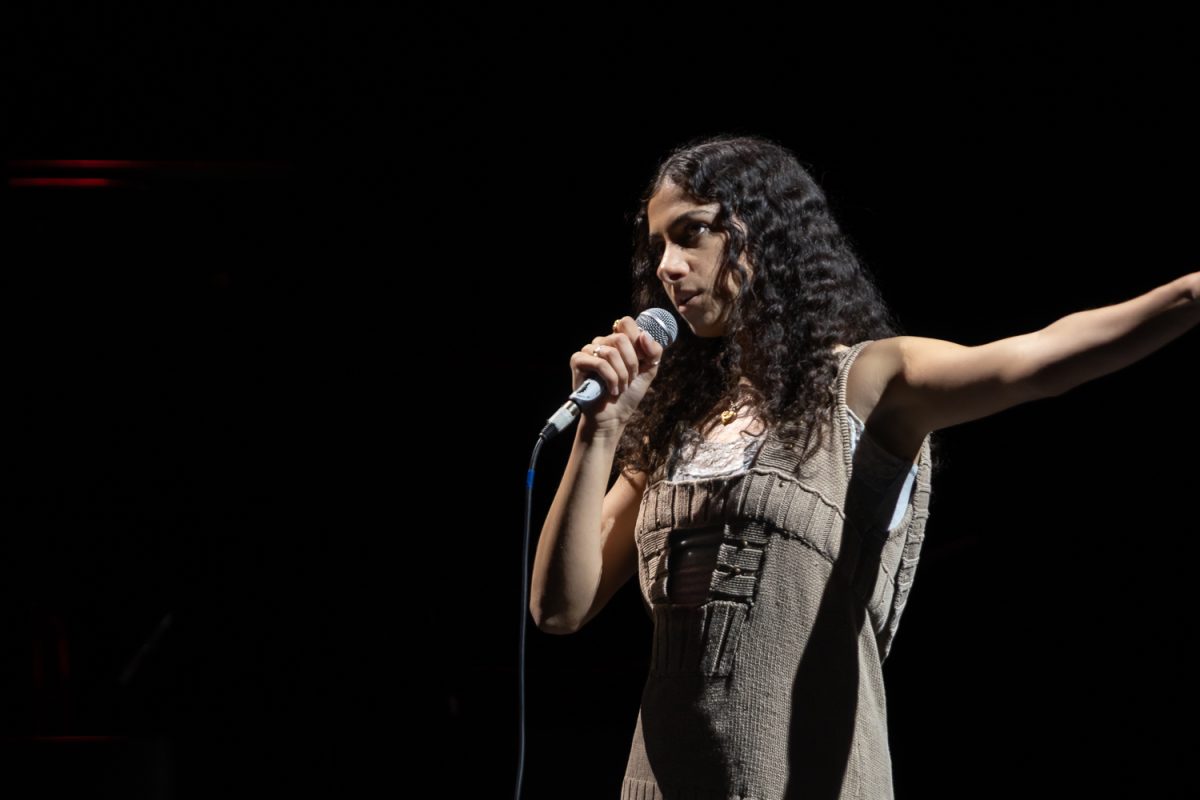


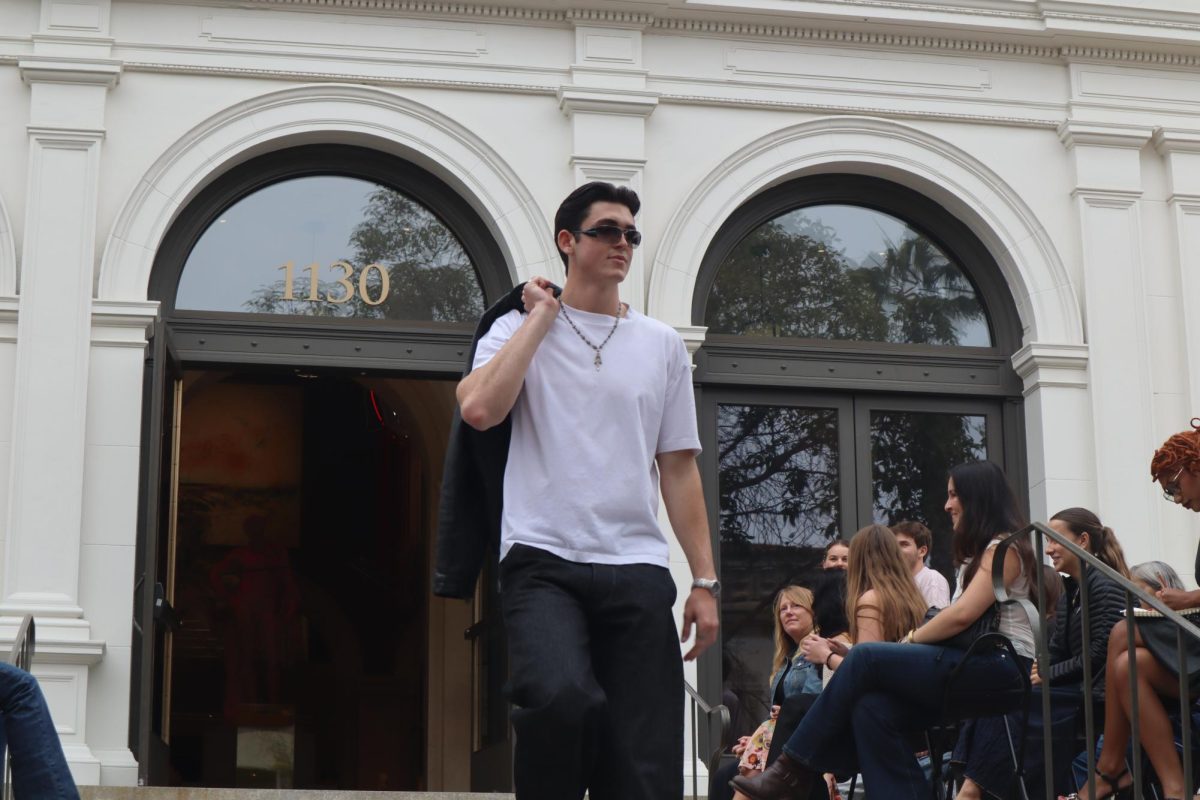
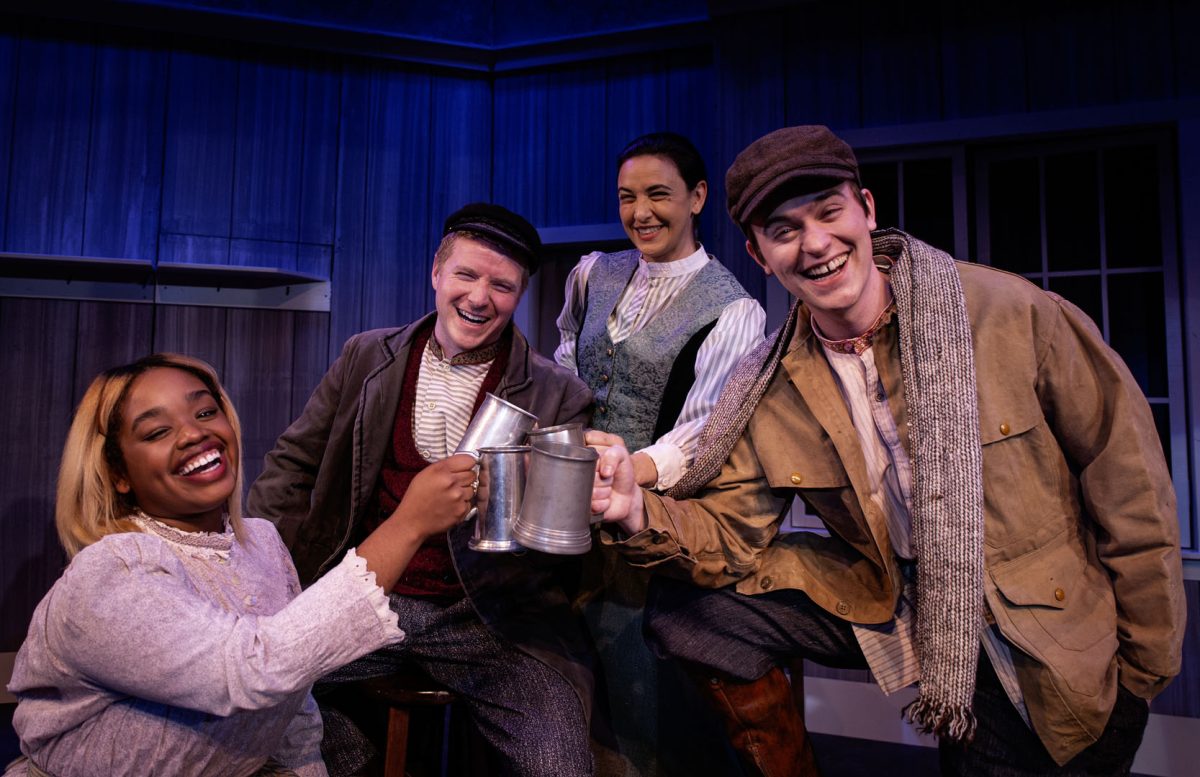

![Milton Alejandro Lopez Plascencia holds a flag showcasing the United States and Mexico on Feb. 7 in Santa Barbara, Calif. “It’s heartbreaking to see what is happening all across the country,” Lopez Plascencia said. “I [want] my voice to be heard by the community.”](https://www.thechannels.org/wp-content/uploads/2025/05/MGSImmigration-1-1200x800.jpg)



